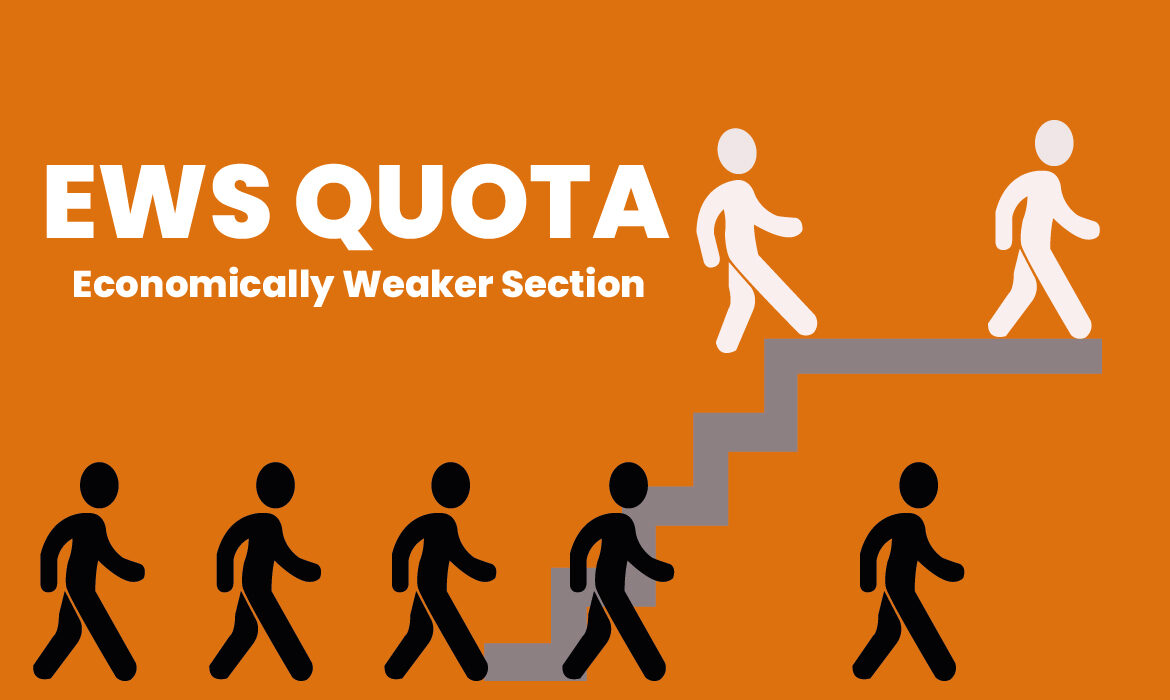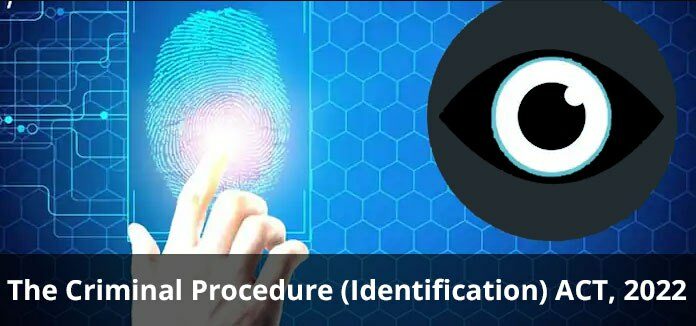IDENTIFICATION OF MINORITIES IN INDIA
WHY IN THE NEWS?
Recently, the Union government filed an affidavit in Supreme Court declaring that the state governments can grant minority status to any religious or linguistic community.
REASON FOR THE AFFIDAVIT
- According to the 2011 census, Hindus are a minority in some states and Union territories such as Mizoram, Lakshadweep, Nagaland, Meghalaya, Jammu & Kashmir, Manipur, Arunachal Pradesh, and
- A petition has been filed in the Supreme court seeking minority status for Hindus in concurrence with the supreme court judgment in TMA Pai Foundation
CRITICAL FACTOR IN DECIDING MINORITY
- Number: Usually defined on the basis of a number where the minority is less than 50%.
- Power or dominance
CONSTITUTIONAL RIGHTS FOR MINORITIES
- Article 29
- It provides that any section of the citizens residing in any part of India having a distinct language, script, or culture of its own, shall have the right to conserve the
- It grants protection to both religious minorities as well as linguistic
- However, the SC held that the scope of this article is not necessarily restricted to minorities only, as the use of the word ‘section of citizens’ in the Article includes minorities as well as the
- Article 30
- All minorities shall have the right to establish and administer educational institutions of their
- The protection under Article 30 is confined only to minorities (religious or linguistic) and does not extend to any section of citizens as under Article 29
- Article 350 B
- The 7th Constitutional (Amendment) Act 1956 inserted Article 350 B which provides for a Special Officer for Linguistic Minorities appointed by the President of
- It would be the duty of the Special Officer to investigate all matters relating to the safeguards provided for linguistic minorities under the
However, Constitution doesn’t define the term Minorities anywhere.
WHO CAN DECIDE MINORITY STATUS?
- National Commission for Minorities Act,1992
- As per Section 2(c) of the act, it is the central government that decides which community constitutes the Minority
- Consequently, in 1993 union government declared five religious communities as Muslims, Christians, Sikhs, Buddhists, and Zoroastrians (Parsis) as minority
- In 2014, Jains were also notified as a minority
- Union government has not identified any linguistic minorities till
- It gives the minority status to the educational institutions on the basis of six religious communities notified by the
- As per section 2 (f), the Central government declares Minority
- There is no distinction between religious minorities and linguistic minorities within the constitutional
SUPREME COURT JUDGEMENTS
- Kerala Education Bill, 1958: Supreme court stated that State is the unit to decide whether a particular community is a minority or
- DAV College versus State of Punjab 1971: The court held that the Arya Samaj, who were Hindus, were a religious minority in the state of Punjab, even though they may not be a minority in relation to the entire
- DAV College Bathinda versus the State of Punjab, 1971: Supreme Court rejected the contention that since the Hindus are in majority in the country they cannot be held as a minority in the The Supreme court in India consistently held that the state should be the unit to determine who constitutes minorities.
- TMA Pai Foundation Case, 2002: The apex Court stated that the rights of minorities to establish and administer educational institutions, and religious and linguistic minorities have to be considered state-wise.
- Bal Patil Case,2005:
- The case before the Supreme Court was whether Jains can be declared as minorities under Section 2(c) of the National Commission for Minorities Act,
- After several rounds of deliberations, finally the state government of Gujarat declared Jains as minorities, so the state government is practicing the law laid down by the M.A. Pai case.
- In 2014, the Central government also declared Jains as a minority community just before the general election.
Thus, the legal position clarifies that henceforth the unit for determining the status of both linguistic and religious minorities would be ‘state’.
CENTRE’S STAND
- Religion is a pan India element, thus both central government and state government can decide the minority status, but now they have taken their stand
- State government can decide which communities constitute linguistic
- For example The Maharashtra government notified Jews as a minority community in 2016 and Karnataka had notified Urdu, Telugu, Tamil, Malayalam, Marathi, Tulu, Lamani, Hindi, Konkani, and Gujarati as minority
- Question on the simultaneous declaration of the minority status at the national and state level (case of Jammu & Kashmir) is a legal dilemma that the Supreme court needs to be
- In Jammu and Kashmir, the Hindus are a minority with more Muslim population in the Union But when we consider India as a whole, the Muslim population constitute the minority. So, on what basis will a minority group be taken into account in such cases? This stands as a legal dilemma that the SC has to clarify.
CONCLUSION
- The Union government is on the stand that the Supreme Court has nowhere eroded the power of the Central Government to notify a community as a ‘minority’ in the TMA Pai Foundation case
- Both union government and state government are empowered to enact laws to promote and protect the interests of minorities under Entry 20 of the Concurrent List, to ensure welfare and preservation of culture which promotes economic and social
QUESTION:
Discuss the constitutional provisions related to minorities. Do you think that the judgement delivered in TMA Pai Case regarding minority status case will solve the conflict between the centre and state in deciding minority status? (250 Words, 15 Marks)







